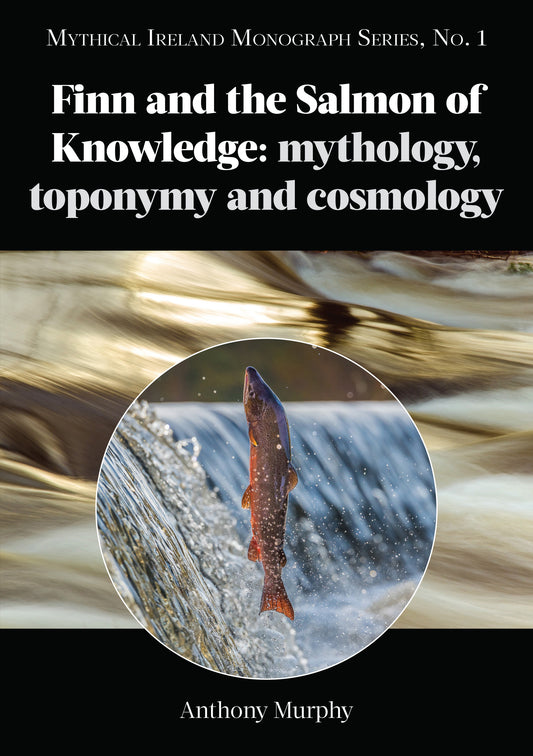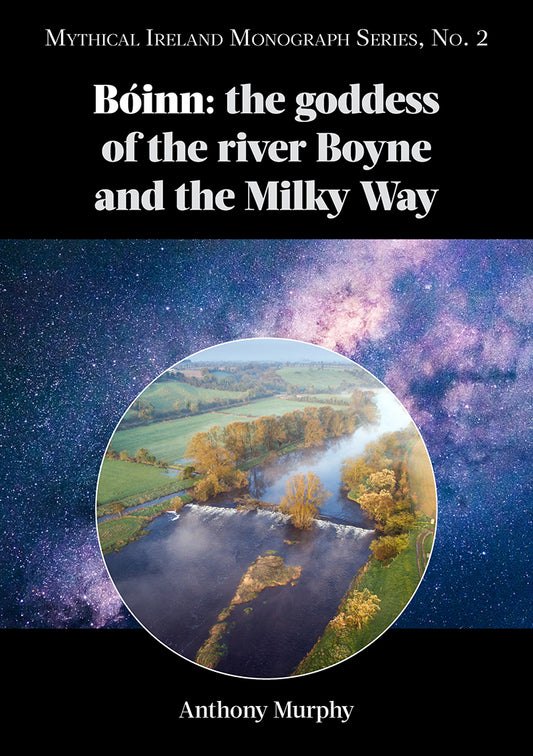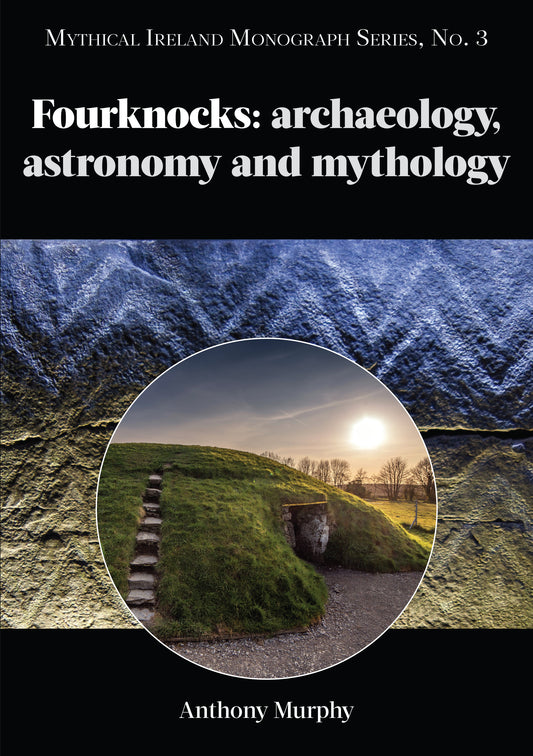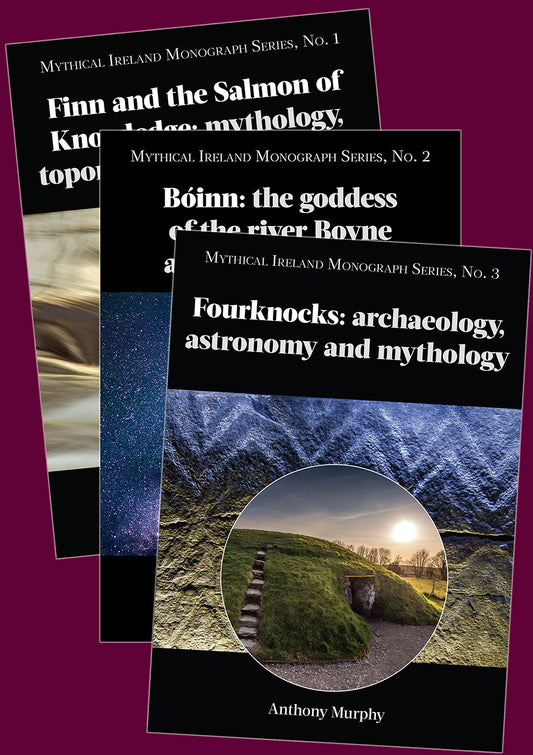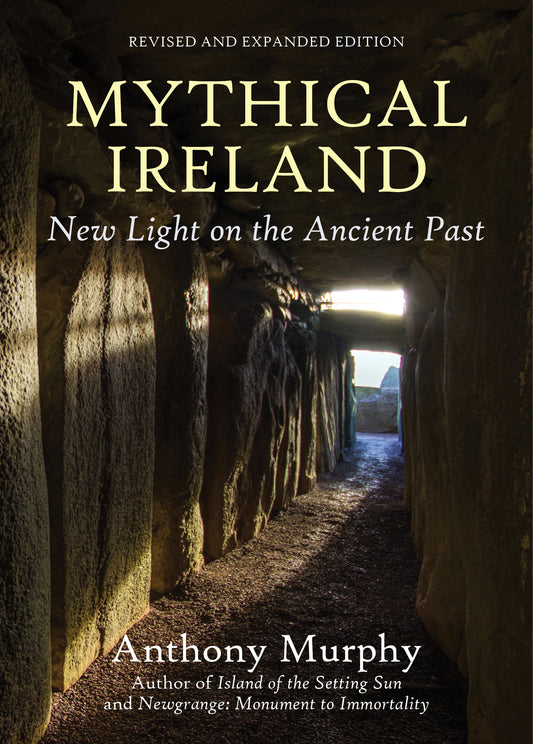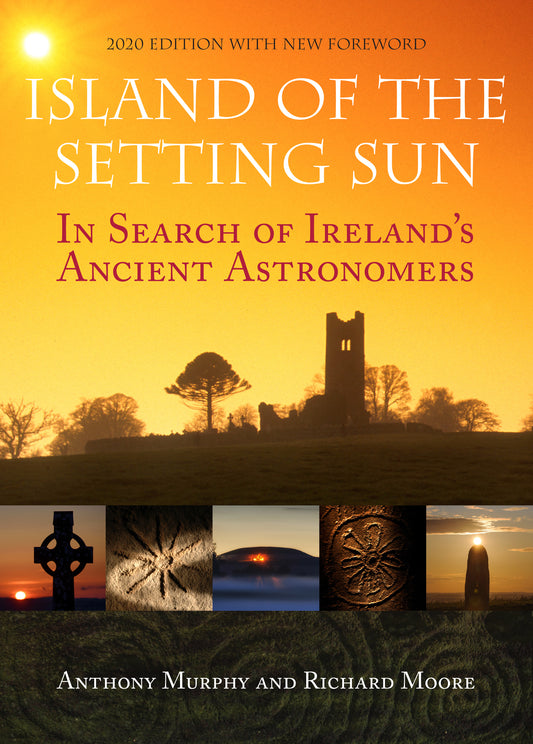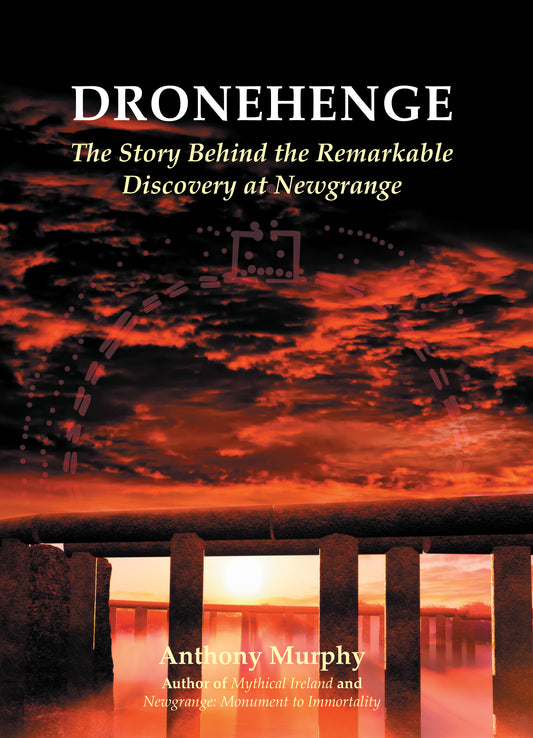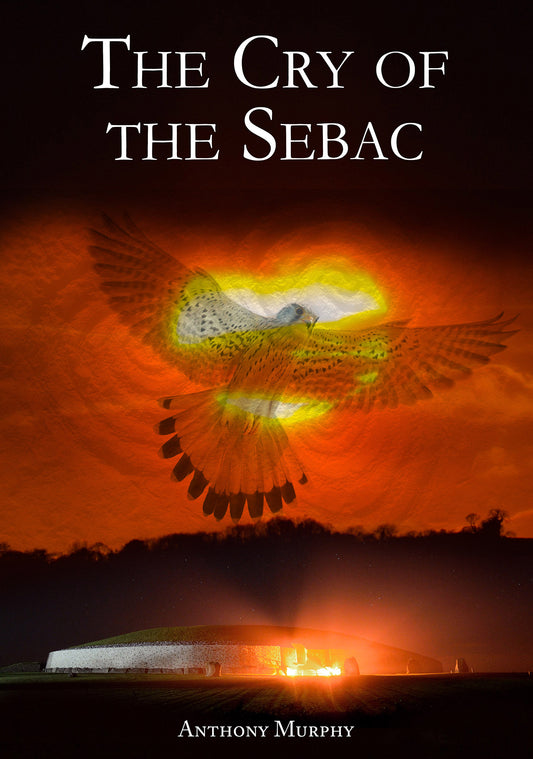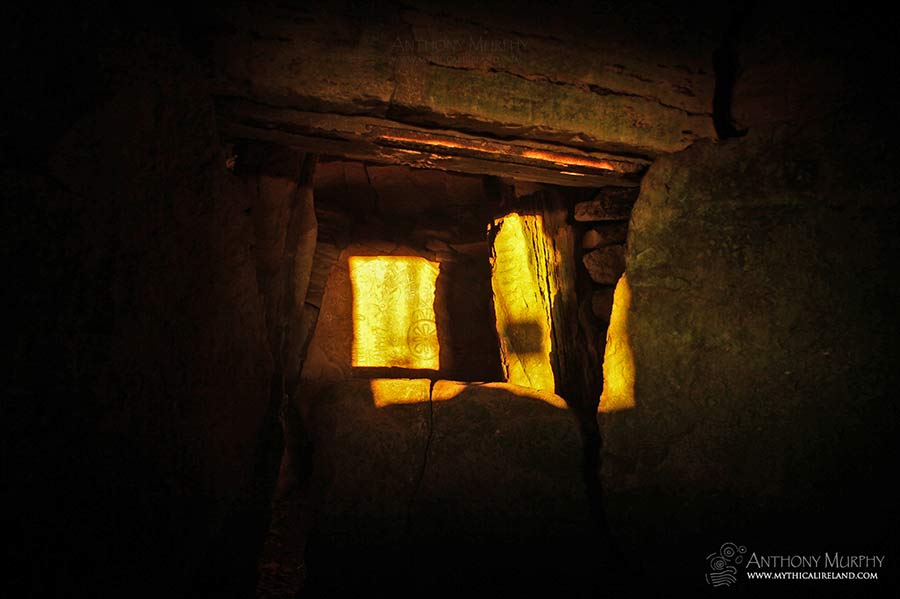
The Equinoxes - What Significance did they have to Stone Age Astronomers?
What did equinox mean to a Neolithic astronomer? Anthony Murphy examines our definition of the equinoxes and how this would not have been relevant in the Stone Age. So why are there equinox alignments in the Neolithic?
Today is autumn equinox (this article was written on autumn equinox 2019). Astronomically, the equinox occurs when the sun crosses the celestial equator. Equinox derives from the latin for "equal night" and is said to be the time when night and day are of equal length. At the equinox, the sun rises due east and sets due west.

However, none of that would have meant anything to Neolithic sky-watchers. The only way to discern the equinoxes in the Neolithic was to mark the half-way point, measured in days, between summer solstice and winter solstice. By the way, some of these things do not correlate. The moment of equinox according to the astronomical definition occurred at 8.50am this morning, 23rd September 2019.
However, today's day and night are NOT of equal length. And the halfway point between summer solstice (21st June) and winter solstice (22nd December) was actually on 21st September! Confused? Don't be. Let's make it simple and consider only what could be seen and discerned by a New Stone Age astronomer.

Why would equinox have been important 5,000 years ago? What most scholars and even astronomers neglect to consider in relation to supposed alignments to the equinox sunrise and sunset is the possibility that these alignments were also targeting something else – the moon. The moon's nodes – the two places where the moon's path crosses the ecliptic or sun's imaginary path through the sky – are rotating or regressing westwards through the Zodiac. When the lunar nodes correspond with the points where the sun is located at the equinoxes, the lunar standstills occur.

At Cairn T, Loughcrew (the Hag's Cairn), crowds gather twice annually at the vernal and autumnal equinoxes to watch the sun entering the cruciform chamber of the monument, where the sunlight reaches all the way to the rear wall of the end recess and lights up what appear to be solar emblems carved into a stone over 5,000 years ago. However, what if the ancients were also watching the moon? If the light of the full moon, rising in the east, illuminated the so-called 'equinox stone' at the rear of the chamber in the same way as the sun does at the equinoxes, what might this tell us? It might tell us that the lunar nodes are close to, or even precisely at, the points in the sky where the sun crosses the celestial equator. And what does this mean? It means there is a DANGER of ECLIPSES. A full moon shining its light into the rear of Cairn T and illuminating the panel of art there is at risk of entering eclipse and turning blood red. Two weeks before or after this, the invisible or dark moon is in danger of covering the sun and causing a solar eclipse.

Cairn T appears to be aligned so that the sunlight at dawn on the equinoxes lights up a stone at the rear of the chamber. But why would Neolithic astronomers mark this occurrence? Equinox is not a solar "event" in any meaningful sense that Stone Age astronomers could witness. They could not count the minutes or hours to determine equal day and night. They are unlikely to have been able to determine a celestial equator. The only two "hooks" or turning points of the year are the solstices, when the sun's rising position clearly halts and remains in the same position for several days before turning back in the opposite direction. There is no such visual indication of equinox. So why mark it with an alignment?

Because they were watching both sun AND moon. The moon's nodes rotate through the Zodiac over a period of 18.6 years (or six synodic lunar months short of a 19-year Metonic cycle). When the moon's nodes are at the sun's solstice points, there is a danger of eclipses at the time of the solstices, with the potential for a rising eclipsed moon, for instance, to be seen from the chamber of Newgrange. When the moon's nodes are at the equinox points, as well as there being a danger of eclipses occurring at the equinoxes, something else definitely happens – the lunar standstills. The moon's rising and setting positions can, at certain times during the period of the rotation of the nodes, occur far to the north of the sun's summer solstice rise/set positions, or far to the south of the sun's winter solstice rise/set positions.

Does that sound complicated? It might do, because modern astronomy text books do not teach us prehistoric lunar astronomy. And remember, these things are OBSERVABLE – the rotation of the nodes, the lunar standstills and the equinox as the halfway point between the solstices. Over time, the ancient astronomers watched and observed, counted and recorded the movements of the moon and then, according to their own predictions, they would have seen these cycles repeat themselves. Eclipses occur in predictable, observable sequences. The rotation of the nodes recurs every 18.6 years. The Metonic Cycle, although 19 years long, can be predicted after just a few years of observing the moon's movements.
Advanced astronomy
At the equinoxes, for years I have celebrated Cairn T at Slieve na Calliagh, Loughcrew, as a wonderful achievement of stone age ingenuity. But not just because twice a year the sun illuminates the interior in dazzling fashion. It's much more complex than that. Cairn T is, in my opinion, evidence for a much more advanced astronomy than we give its builders credit for.

Sadly, we can no longer witness the beautiful illumination of the chamber of Cairn T because it has been closed to public access. It was closed in October 2018 as the OPW investigated possible structural damage and has remained closed since then. Below you will find a selection of my best photos of Cairn T and the equinox event from the past decade or so.

